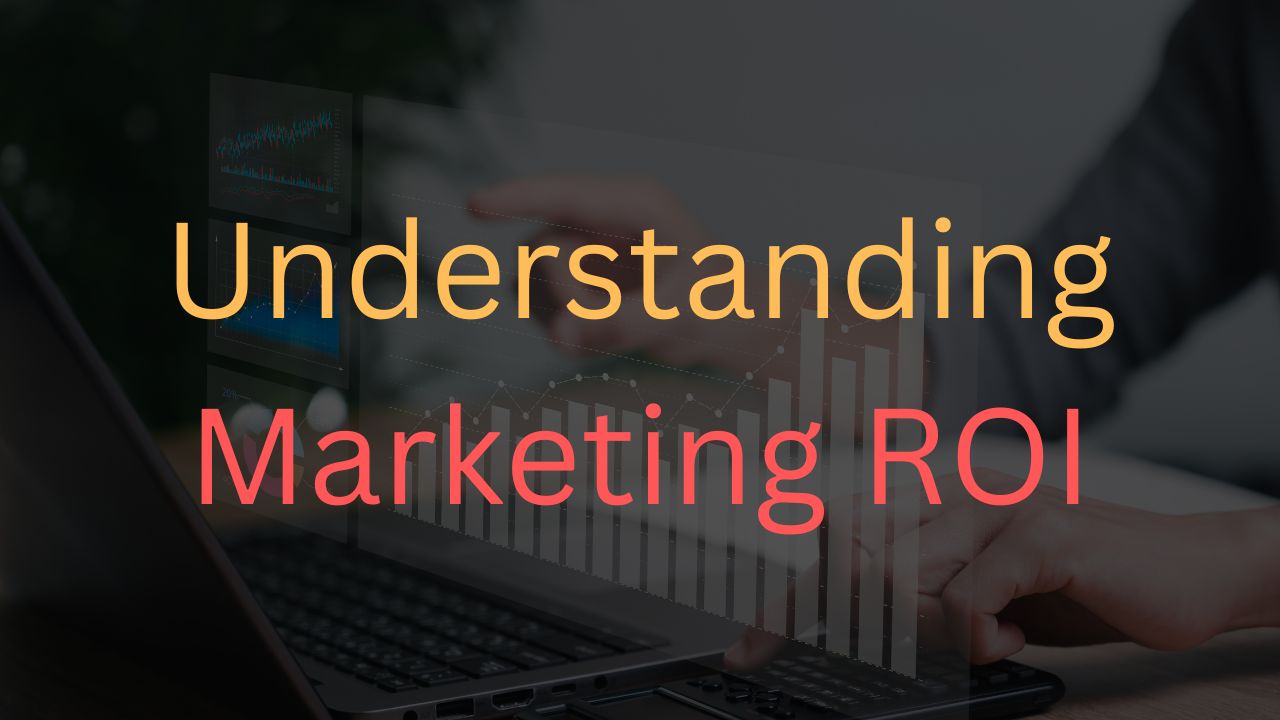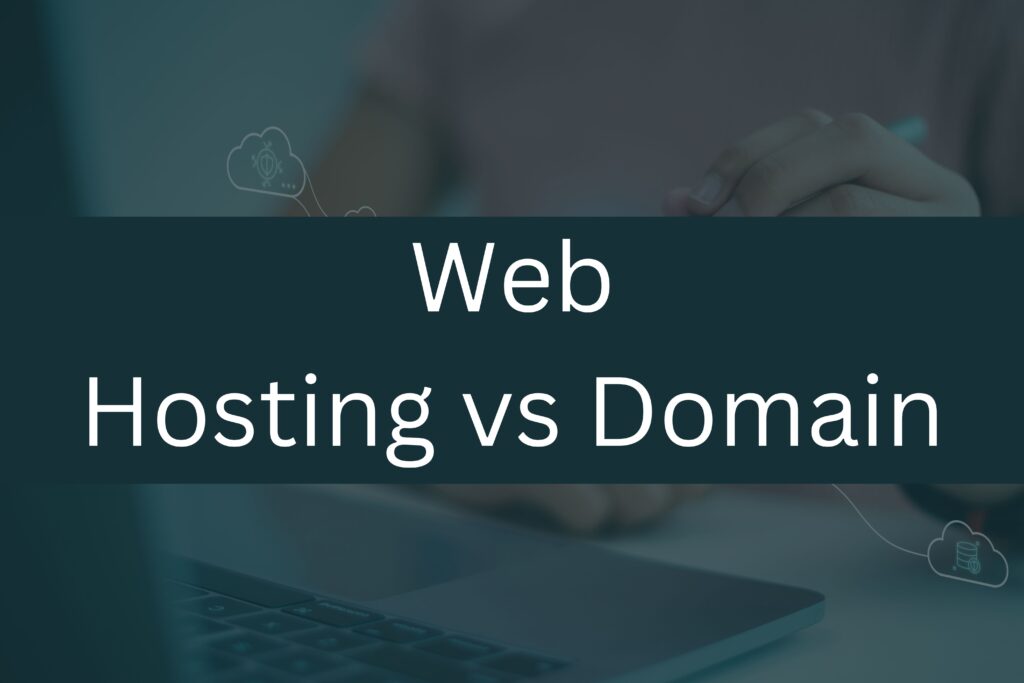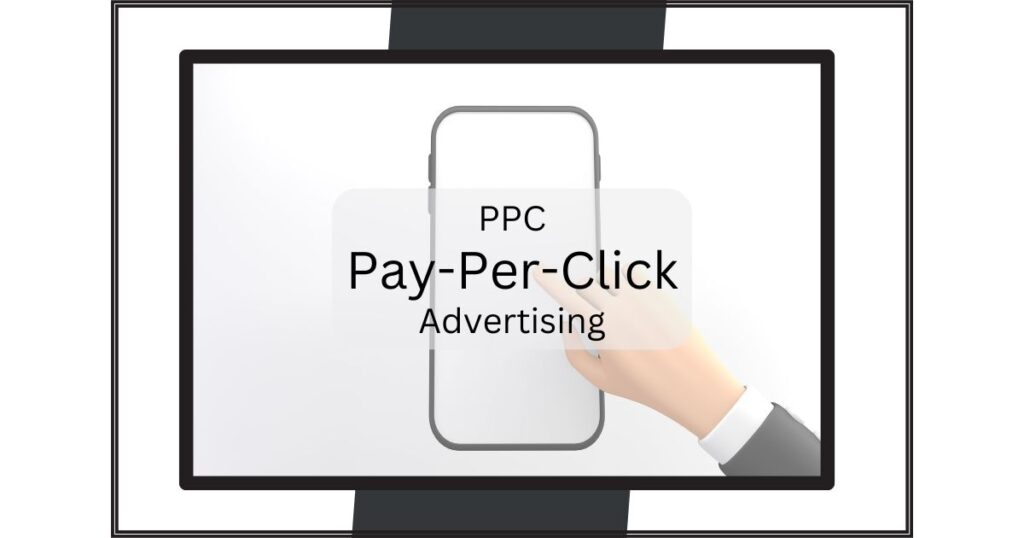Marketing ROI: How to Measure/Maximise Return on Investment

What is Marketing ROI?
Marketing ROI (Return on Investment) is a metric used to assess the profitability of marketing campaigns. It measures how much revenue a business earns for every pound sterling (or dollar) spent on marketing activities. The purpose of calculating marketing ROI is to determine the effectiveness and efficiency of marketing efforts, helping businesses decide where to allocate resources and optimise their marketing strategies.
At its core, Marketing ROI evaluates the financial return a company earns from its marketing efforts. It answers a crucial question: “How much money did we make from this campaign compared to how much we spent?” The higher the ROI, the more successful the marketing campaign is in terms of generating revenue relative to its costs.
The basic formula for calculating marketing return on investment is:

This formula gives a percentage that indicates how much return a business earns from its marketing investment.
For example, if a company spends £10,000 on a marketing campaign and generates £50,000 in revenue, the ROI calculation would be:
Marketing ROI = 50,000 − 10,000 / 10,000 × 100 = 400%
This means that for every pound sterling (or dollar) spent, the company earned £4 in revenue. In general, a positive ROI indicates that the marketing efforts were profitable, while a negative ROI suggests that the company lost money on the campaign.
Why Marketing ROI Matters
In a time when marketing budgets are being scrutinised more than ever, calculating and understanding Marketing ROI is crucial. Why it matters?
- Measuring Efficiency: Marketing ROI helps businesses identify how well their marketing pounds (or dollars) are being spent. It provides a clear picture of which campaigns or strategies are delivering the best results, enabling businesses to cut costs on less effective efforts and double down on what works.
- Data-Driven Decision Making: Marketing decisions should be based on solid data rather than guesswork. By calculating ROI, companies can make informed choices on which marketing tactics to pursue. As such, ensuring that future campaigns are rooted in proven success.
- Justifying the Marketing Budget: Marketing teams are often asked to justify their expenses. A solid ROI helps validate marketing spend to stakeholders, executives, or investors. When campaigns show strong returns, it becomes easier to request additional budget allocations.
- Benchmarking Performance: ROI offers a way to compare the effectiveness of different campaigns, channels, and strategies. For example, a company can compare its email marketing campaign against its social media advertising to determine which is generating the best return for the investment.
Factors that Impact Marketing ROI
Although the formula for calculating Marketing ROI is simple, several factors can influence its accuracy and usefulness. Understanding these factors can help your business get a more accurate view of your marketing effectiveness.
- Attribution Models: Accurately attributing revenue to specific marketing efforts can be challenging. Often, a customer interacts with multiple touchpoints before making a purchase. For example, they might first see a social media ad, then click through an email, and finally make a purchase through the company’s website. Using multi-touch attribution models helps businesses assign proper credit to various channels and activities, providing a more accurate ROI calculation.
- Customer Lifetime Value (CLV): When calculating marketing ROI, it’s important to consider not only immediate sales but also the Customer Lifetime Value. CLV represents the total revenue a customer is expected to generate throughout their relationship with a brand. Marketing efforts that bring in high-value customers, even if their initial purchases are small, can result in higher long-term ROI.
- Time Frame: The time frame used to measure ROI can also affect the results. Some marketing campaigns, such as those focused on brand awareness, may not generate immediate revenue but can result in long-term gains. Short-term ROI may undervalue these campaigns, so it’s essential to consider the bigger picture when analysing results.
- External Factors: Marketing ROI can also be influenced by external factors such as market conditions, competition, seasonality, and economic trends. For instance, a holiday season campaign may generate higher ROI than a similar campaign run during a slower period.
Maximising Marketing ROI
Improving Marketing return on investment involves optimising both the revenue generated from marketing efforts and minimising costs. Sample of our strategies to help you and your business maximise ROI:
- Target the Right Audience: Effective targeting is essential to a successful campaign. By identifying and focusing on the right audience, companies can ensure that their message reaches people who are most likely to convert. Audience segmentation based on demographics, behaviors, and preferences can help tailor marketing efforts for maximum impact.
- Test and Optimise Campaigns: A/B testing and continuous optimisation are vital for improving ROI. By experimenting with different messages, designs, offers, and channels, marketers can identify which strategies are driving the highest returns. And as such, eliminate those that aren’t performing.
- Leverage Automation and Technology: Marketing automation tools can increase efficiency. It can do so through streamlining processes such as email marketing, lead nurturing, and social media management. These tools also provide valuable data that can be used to further optimise campaigns.
- Monitor and Adjust in Real Time: Tracking campaigns in real-time allows marketers to quickly identify what’s working and what’s not. This enables immediate adjustments, ensuring that resources are being allocated to the highest-performing activities.
- Focus on Customer Retention: Acquiring a new customer is often more expensive than retaining an existing one. Focusing on customer retention through loyalty programs, personalised marketing, and excellent customer service can boost the overall ROI. As such, increasing the lifetime value of each customer.
Through careful planning, testing, and optimisation, we can ensure your business is getting the most out of your marketing investments. For further assistance, please do not hesitate to contact us.


